We've updated our Privacy Policy
TCA is committed to protecting your privacy and keeping you informed. Click here to read our Privacy Policy (PDF) and learn how your information is collected, used, stored, shared and protected.
Places We Protect

Protecting these open space areas and the wildlife within is one of our highest priorities.
The open spaces protected by the Transportation Corridor Agencies (TCA) are like a time machine to bygone days, when ranchers, farmers, cattle and the occasional mountain lion populated Orange County. To balance construction of The Toll Roads, TCA has preserved 17 different Orange County open spaces in perpetuity -- many of which are home to the federally protected songbird, the California gnatcatcher.
Protecting these open space areas and the wildlife within is one of our highest priorities. For this reason, many of TCA’s mitigation sites have limited public access; however, you can learn more about each site and view photos below.
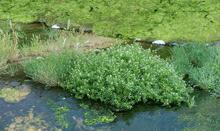
Bonita Creek and Reservoir: 28.3 Acres
Once a narrow concrete channel, Bonita Creek in Newport Beach has been restored to a thriving wetland and coastal sage scrub community that serves as a major wildlife corridor from the San Joaquin Hills to Upper Newport Bay. TCA began work on the site in 1995, re-establishing its natural habitat so successfully that seven pairs of California gnatcatchers gave birth to 32 chicks in the area by the end of the monitoring period in 2001. Bonita Creek’s revived ecosystem won federal acclaim and inspired an interactive website, BonitaCreekClassroom.com, to educate students about water quality, habitat conservation and local wildlife. Free workshops on the program are offered to local science teachers.
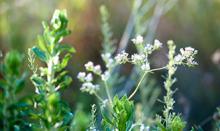
Cañada Gobernadora: 32.2 Acres
The Cañada Gobernadora wetlands sit in a broad valley in the foothills of the Santa Ana Mountains and near a tributary to the San Juan Creek. As part of its efforts to restore its riparian woodland habitat, TCA has planted more than 7,000 willow trees, 376 oak trees and 479 sycamore trees. This site is also home to several species of wildlife, including tree frogs, deer, coyotes and bobcats.
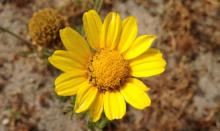
Coyote Canyon Landfill: 122 Acres
This mid-century landfill closed in 1990, and just four years later, TCA began replanting the land with buckwheat, sage and other native plants. In the years since, nest monitoring and other studies documented the increase of the federally-listed California gnatcatcher population in the area. By the end of the official monitoring period in 2000, proof of successful restoration was demonstrated by 10 breeding pairs of gnatcatchers having 53 chicks, with an additional two single males seen utilizing the landfill’s restored habitat.
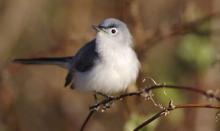
Glenwood Drive Mitigation Site: 7.3 Acres
With the completion of the 73 Toll Road’s Pacific Park/Glenwood Drive interchange in 2003, TCA created an additional 7.3 acres of coastal sage scrub habitat. This acreage extends south of the Laguna Coast Wilderness Park and into Aliso Viejo, providing native habitat for numerous species, including the California gnatcatcher.
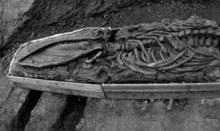
Greenfield Drive and the 73 Toll Road
A nearly-complete skeleton of a baleen whale was found here during construction of the 73 Toll Road. Our paleontologists and archaeologists have spent thousands of hours monitoring and collecting fossils spanning 90 million years. We launched "Fossils in Your Backyard," a free educational program taught by professional paleontologists to give area schoolchildren a firsthand glimpse of what life was like in prehistoric Orange County
